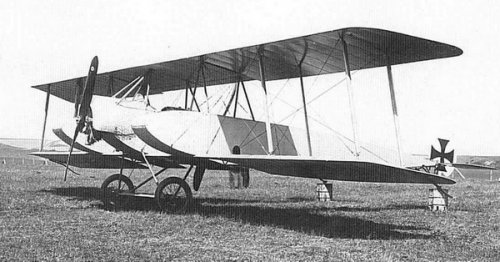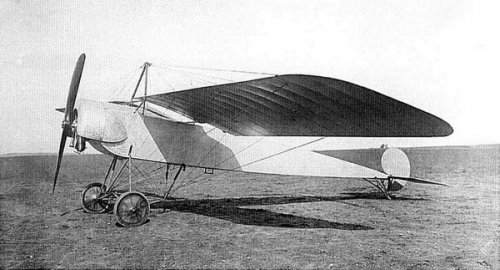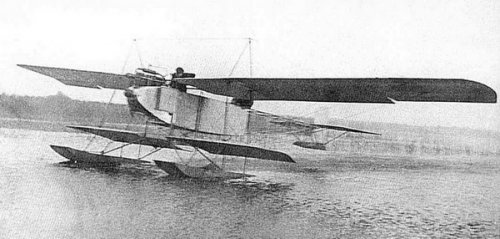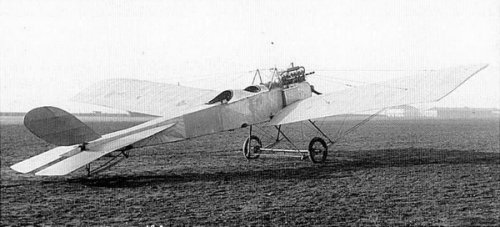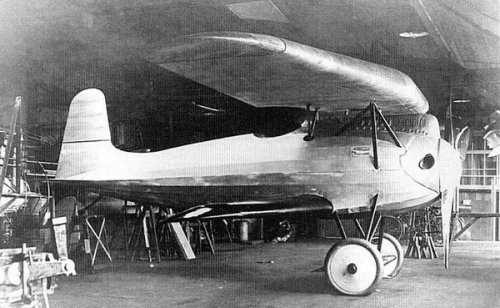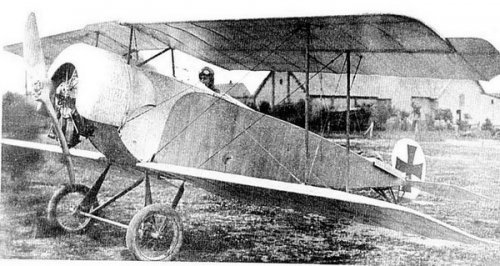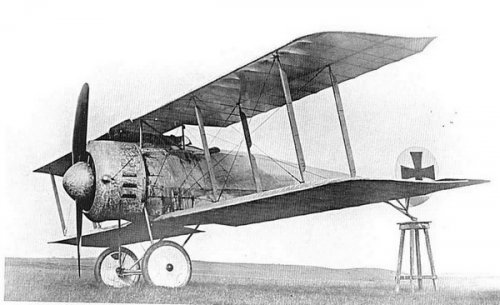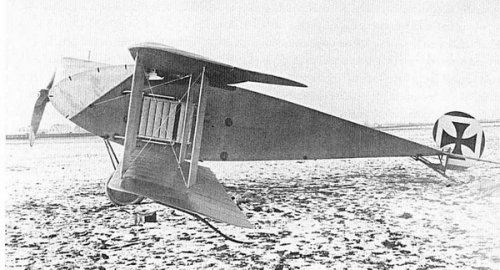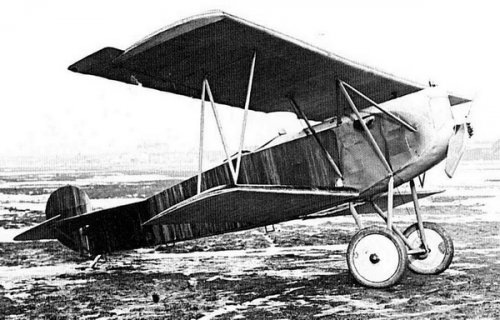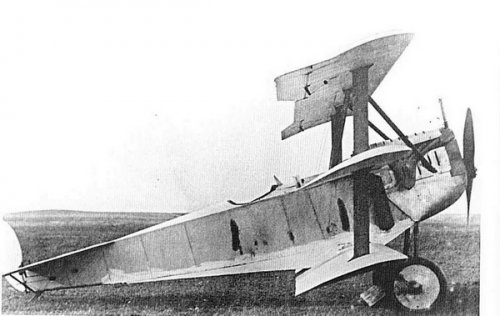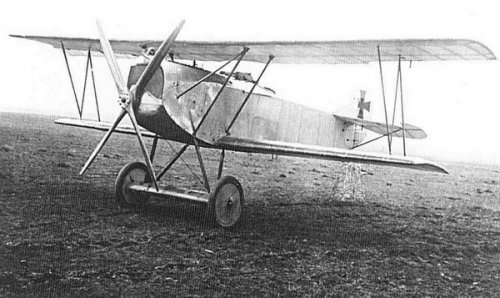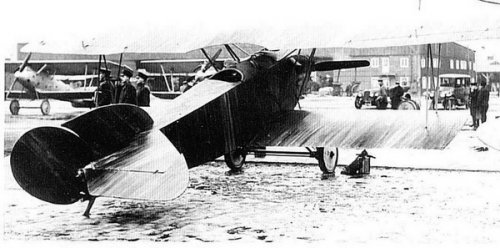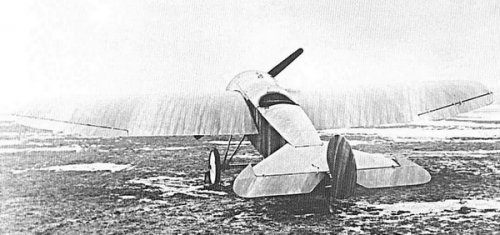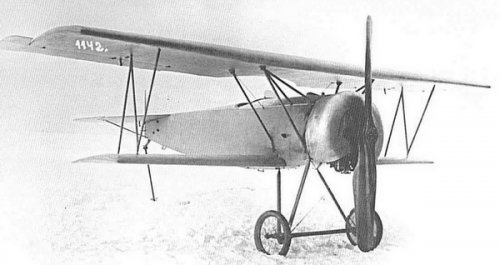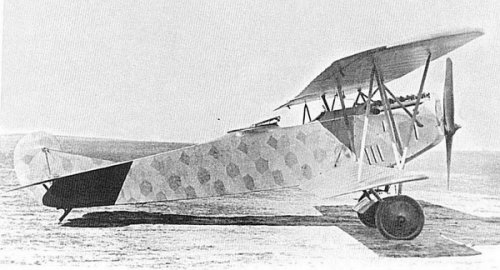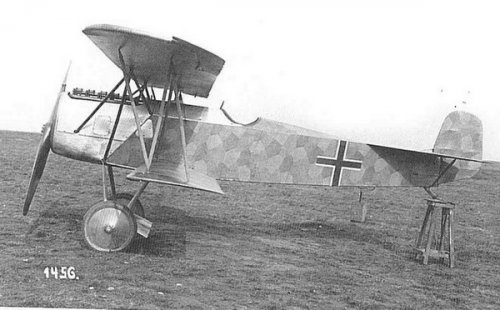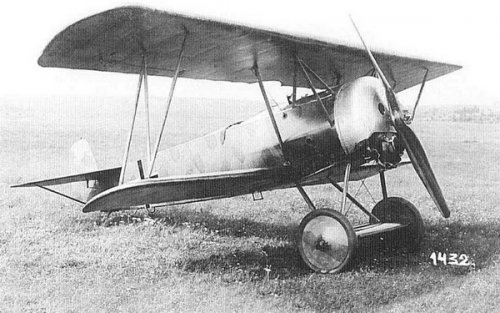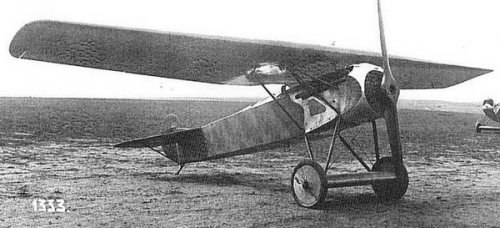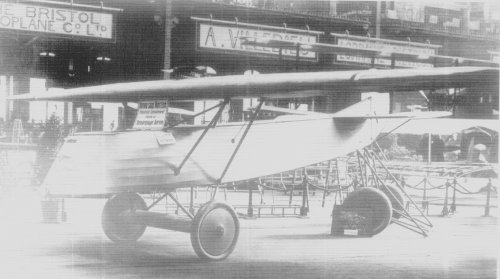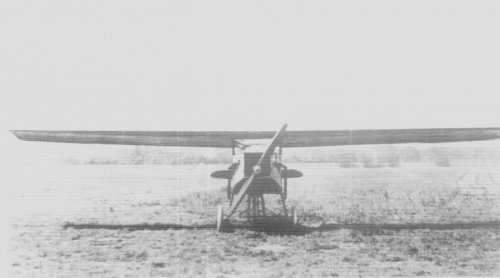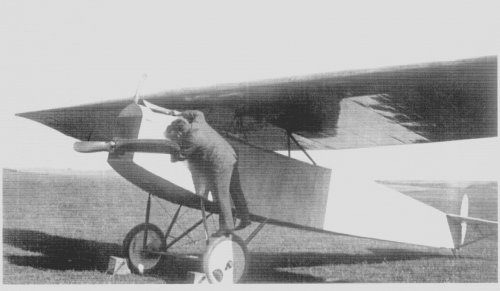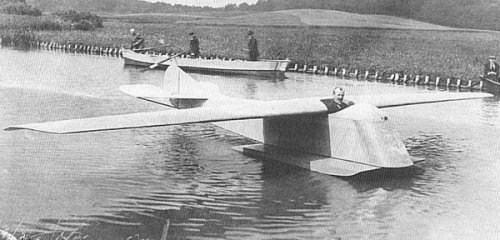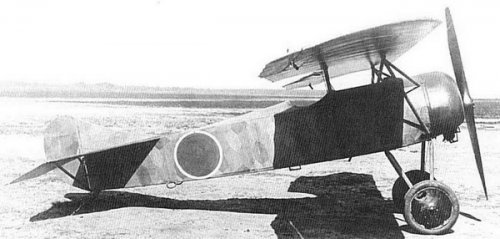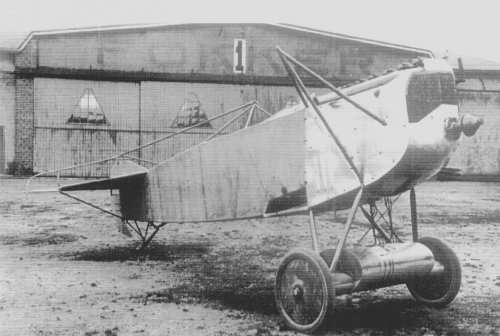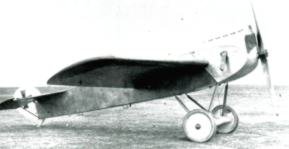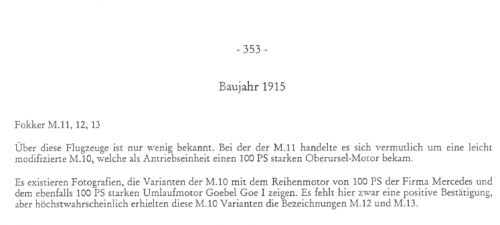- Joined
- 11 March 2006
- Messages
- 8,633
- Reaction score
- 3,489
Got the book "Fokker Flugzeugwerke in Deutschland 1912 - 1921" by Peter M.Grosz and Volker Koos,
containing the types built in series and those amazing number (at least to me) of experimantal aircraft,
that mostly were just built in single examples.
I'll start with a list of the series aircraft, introducing the lesser known experimantal types in more depth
later.
- Fokker "Spinne", 1910, monoplane built by Jacob Goedecker, first aircraft, which was at least partially designed by Anthony Fokker
- Fokker "Spinne 2", 1911, again built by Jacob Goedecker
- Fokker "Spinne 3", 1911, first aircraft built by Fokker himself
- M 1, 1912, two seat training aircraft, monoplane derived from the "Spinne" (spider)
- M 2, 1913, military designation A, monoplane, two seat training aircraft, probably just four aircraft built
- M 5, 1914 , monoplane, single seat training and acrobatic aircraft, inspired by the Morane Type H
- M 5L , 1914 , military designation A II, two seat training and reconnaissance aircraft, 18 aircraft built
- M 5K , 1915 , military designation A III, two seat training and reconnaissance aircraft, - M 8, 1914, military designation A I,
two seat training and artillery spotter aircraft, around 80 aircraft built
- M 7, 1914, sesquiplane, military designation B I, two seat training aircraft, around 20 aircraft built
- M 10, 1915, biplane, two seat training and reconnaissance aircraft, development of the M 7, at least 35 aircraft
seem to have been built. The military designation was B I AND B II, both designations used
- M 14, 1915, military designation E I, developed/modified from the M 5K, single seat fighter aircraft, first with
synchronized machine gun, 68 aircraft built.
- M 14, 1915, military designation E II, E I with more powerful Oberursel U I engine, both types were very similar
containing the types built in series and those amazing number (at least to me) of experimantal aircraft,
that mostly were just built in single examples.
I'll start with a list of the series aircraft, introducing the lesser known experimantal types in more depth
later.
- Fokker "Spinne", 1910, monoplane built by Jacob Goedecker, first aircraft, which was at least partially designed by Anthony Fokker
- Fokker "Spinne 2", 1911, again built by Jacob Goedecker
- Fokker "Spinne 3", 1911, first aircraft built by Fokker himself
- M 1, 1912, two seat training aircraft, monoplane derived from the "Spinne" (spider)
- M 2, 1913, military designation A, monoplane, two seat training aircraft, probably just four aircraft built
- M 5, 1914 , monoplane, single seat training and acrobatic aircraft, inspired by the Morane Type H
- M 5L , 1914 , military designation A II, two seat training and reconnaissance aircraft, 18 aircraft built
- M 5K , 1915 , military designation A III, two seat training and reconnaissance aircraft, - M 8, 1914, military designation A I,
two seat training and artillery spotter aircraft, around 80 aircraft built
- M 7, 1914, sesquiplane, military designation B I, two seat training aircraft, around 20 aircraft built
- M 10, 1915, biplane, two seat training and reconnaissance aircraft, development of the M 7, at least 35 aircraft
seem to have been built. The military designation was B I AND B II, both designations used
- M 14, 1915, military designation E I, developed/modified from the M 5K, single seat fighter aircraft, first with
synchronized machine gun, 68 aircraft built.
- M 14, 1915, military designation E II, E I with more powerful Oberursel U I engine, both types were very similar


